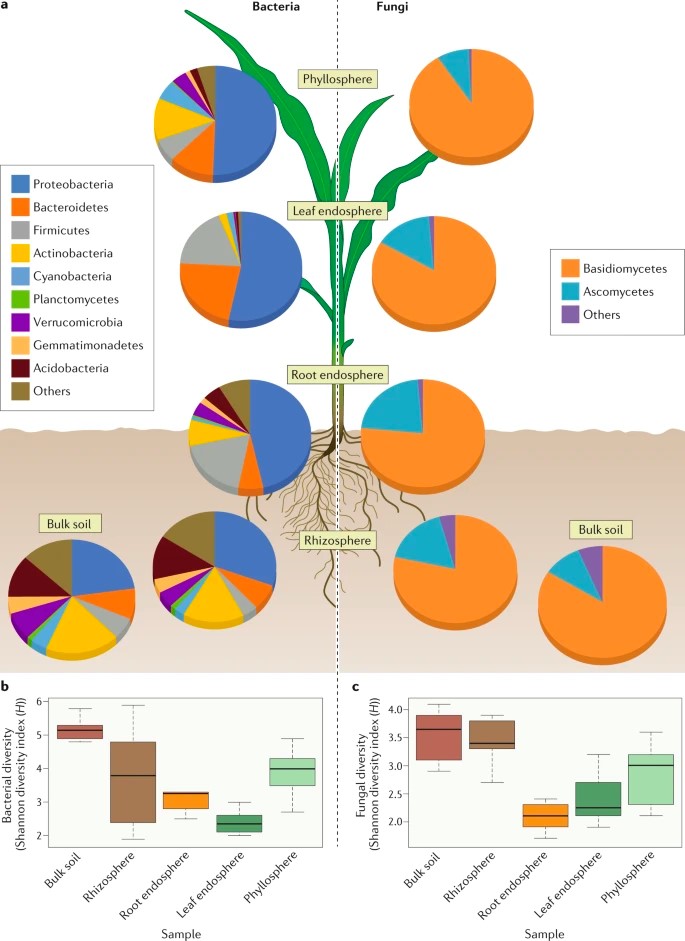
Review: Plant–microbiome interactions: from community assembly to plant health (Nat. Rev. Microbiol)
Plant Science Research Weekly
The association of plants with communities of beneficial microbes, called plant microbiota, has a positive effect on growth and proliferation of both organisms. Recent findings in plant microbiota research uncovered the role of individual microbes and associated genes during plant-microbe interaction…
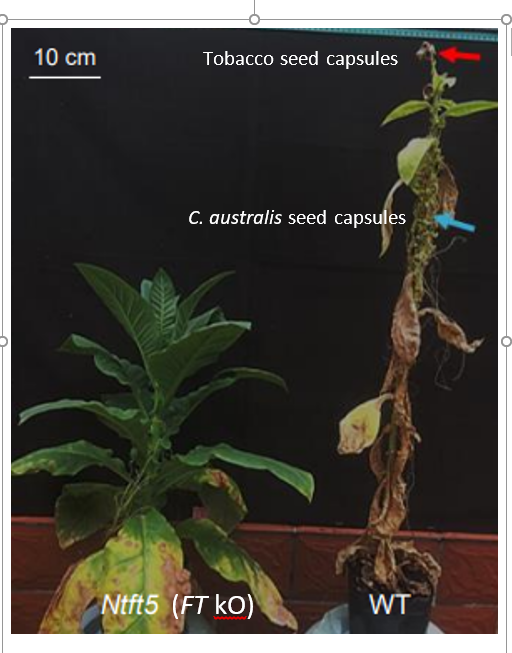
Cuscuta australis (dodder) parasite eavesdrops on the host plants’ FT signals to flower (PNAS)
Plant Science Research Weekly
Plants sense environmental cues, such as day length, to induce flowering and successfully reproduce. An important mobile regulator of flowering is FLOWERING LOCUS T (FT). Upon floral induction, FT is transported from the leaves to the shoot apical meristem where it triggers flower development. Dodders…

Review: Compartmentalization drives the evolution of symbiotic cooperation (Proc. Roy. Soc.)
Plant Science Research Weekly
Many plants take advantage of microbial symbionts to boost their nutrient uptake, with classic examples provided by mycorrhizal fungi and the legume/Rhizobia partnership. Similar symbiotic partners are found in other domains of life, including the coral/dinoflagellate symbiosis, and the symbiosis…
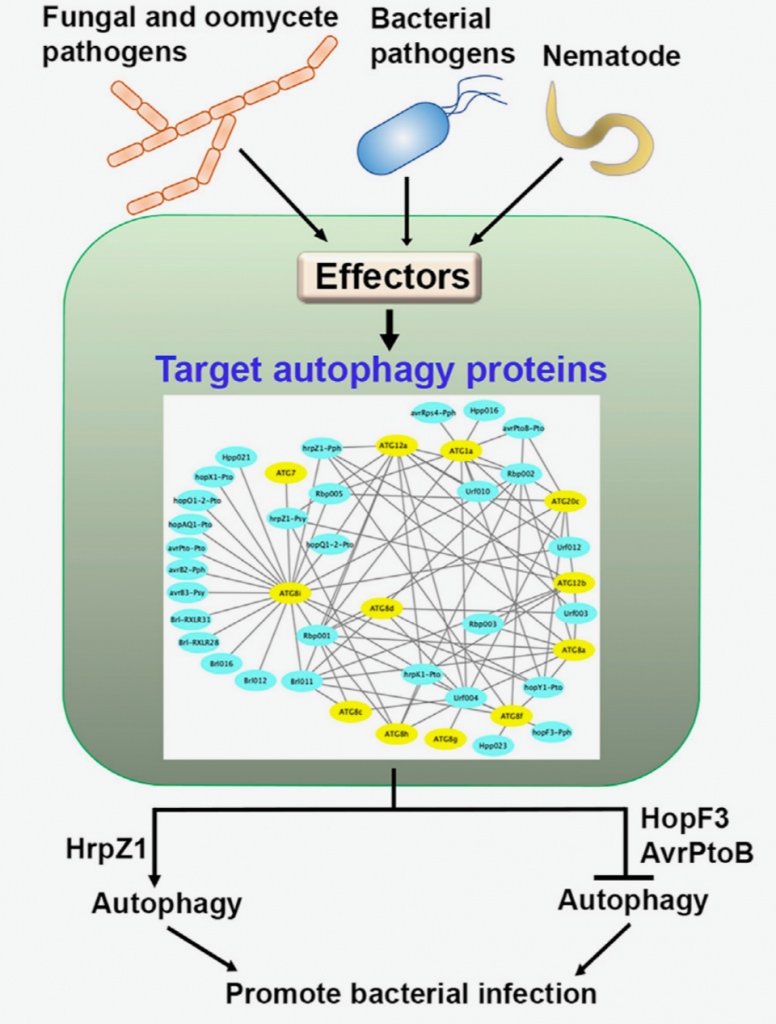
An interactome of plant autophagy proteins and pathogen effectors (Cell Host Microbe) ($)
Plant Science Research WeeklyAutophagy is a regulated process whereby select cytoplasmic components are degraded. It is involved in a variety of biological processes, including defense against pathogens. As such, plant pathogens have evolved mechanisms to target host autophagy machinery to gain virulence. However, we still lack…
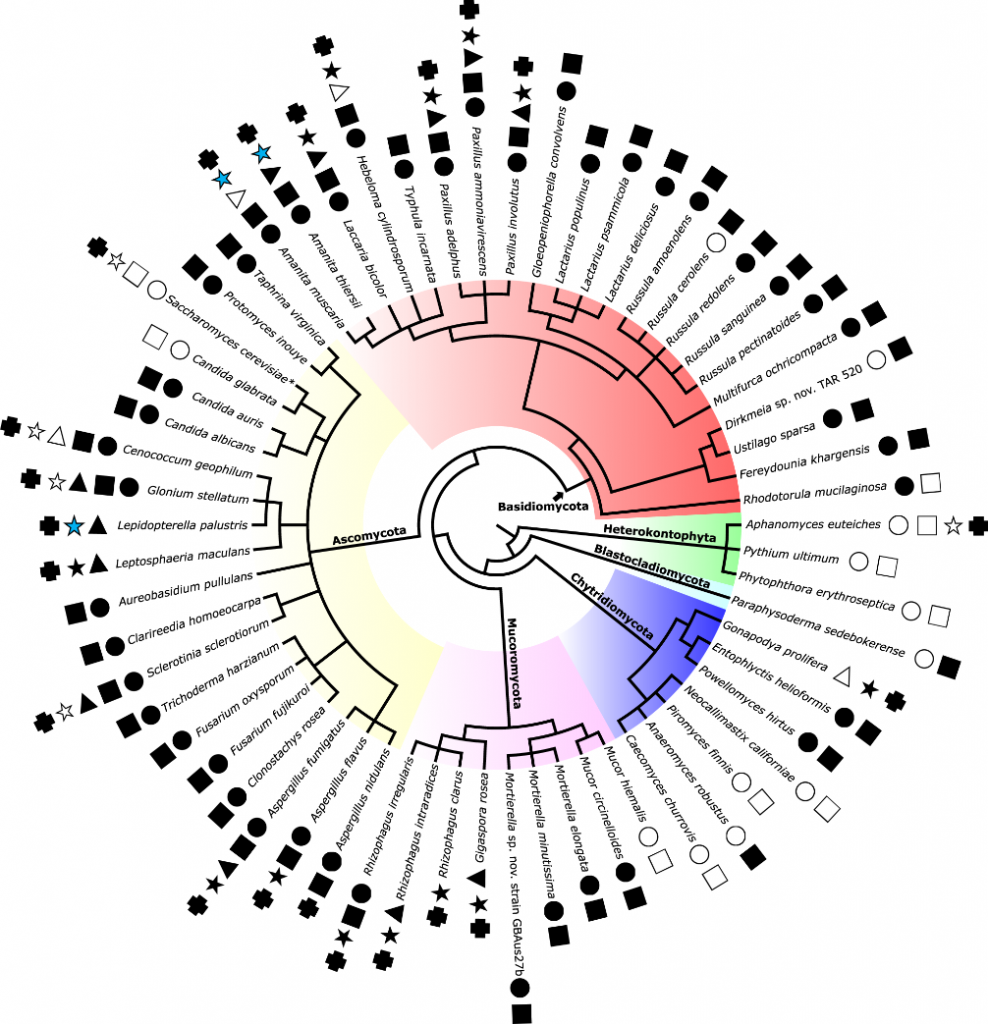
Lipo-chitooligosaccharides as regulatory signals of fungal growth and development (Nature Comms)
Plant Science Research WeeklyDuring symbiosis, the rhizobia bacteria rely on their lipo-chitooligosachharide signals (LCOs) to associate with plants. This signal is perceived by plant receptor like kinase, LysM-containing receptors which activate the common symbiosis signaling pathway (CSSM). Fungal symbiosis with plants has also…
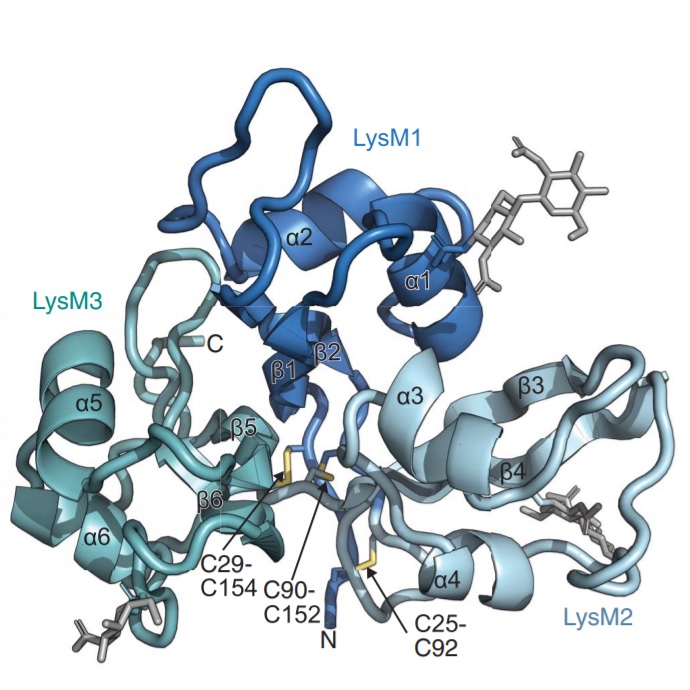
Friend vs. foe: molecular insight towards microbial recognition and specificity in legume signaling (Science)
Plant Science Research WeeklyEcosystems are founded by relationships between organisms, such as the mutualism between plants and microbes. An example is the agriculturally important symbiosis between legumes and nitrogen-fixing bacteria that reside in nodules of legumes. Legumes must be able to differentiate, through undetermined…

Cones structure and seed traits of four species of large‐seeded pines: Adaptation to animal‐mediated dispersal (Ecol. Evol.)
Plant Science Research WeeklyDifferent studies show that animal-dispersed pines have particular cone and seed structures to match their dispersers. However, most research has either addressed the changes in cone and seed traits in a single species over an environmental gradient or the differences between wind-dispersed and animal-dispersed…
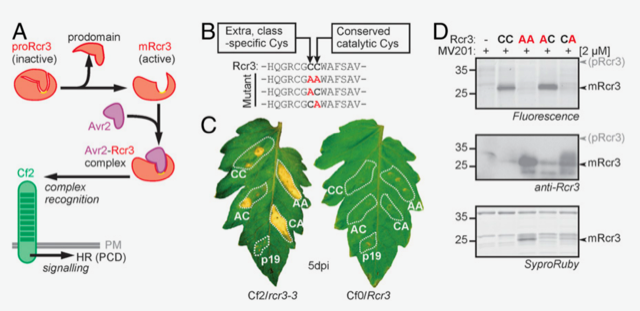
Extracellular proteolytic cascade in tomato activates immune protease Rcr3 (PNAS)
Plant Science Research WeeklyThe plant apoplast is a sea of immune-related proteins that facilitate robust defense against pathogens. Rcr3 is a tomato secreted apoplastic protease that contributes to both basal defense and gene-for-gene resistance against pathogens. Rcr3 is activated by the cleavage of its autoinhibitory prodomain,…
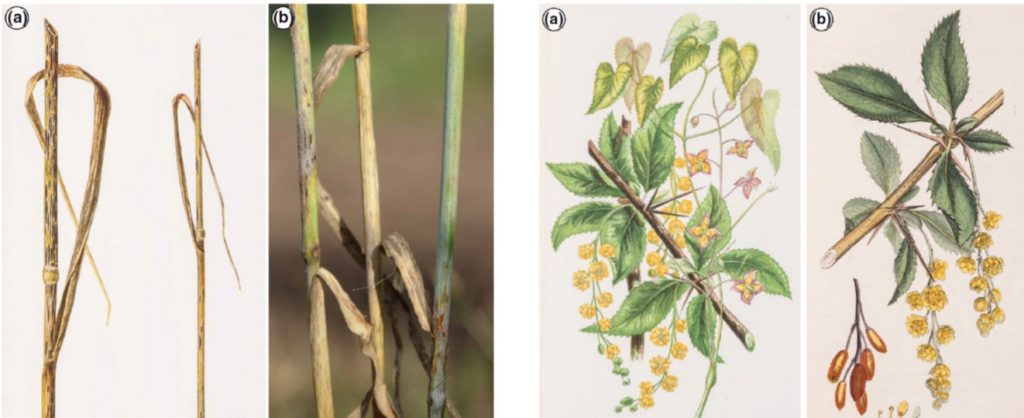
Review: Banishing barberry: The history of Berberis vulgaris prevalence and wheat stem rust incidence across Britain (Plant Pathology)
Plant Science Research WeeklyPuccinia graminis f. sp. tritici (Pgt) has a strange life strategy in that it requires two hosts to complete its sexual life cycle; wheat and barberry. In the absence of barberry, it reproduces clonally; clonal reproduction limits its ability to generate diversity and therefore its ability to evade plant…

